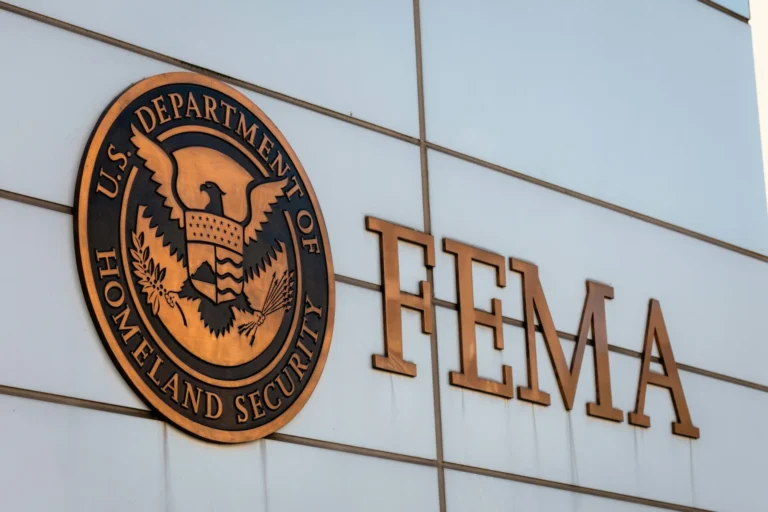By Cliff Montgomery – June 26th, 2017
U.S. forces in the Middle East appear to be routinely employing artillery-delivered white phosphorus – a dangerous incendiary weapon – among civilian populations, according to a damning news release from Human Rights Watch.
The weapons are being used in Iraq and Syria. U.S.-led forces declare they are fighting the so-called ‘Islamic State’ (also known as ISIS).
White phosphorus munitions may be employed as an effective smoke screen, as an easy-to-see battlefield signal, or as an incendiary weapon.
“U.S. forces are using white phosphorus in both Mosul, in Iraq, and in the ISIS stronghold of Raqqa, in Syria,” stated the release. “But the rationale for its use by US-led coalition forces is unclear as the coalition does not comment on specific incidents,” it added.
Regardless, the use of white phosphorus shells “poses a high risk of horrific and long-lasting harm in crowded cities like Raqqa and Mosul and any other areas with concentrations of civilians,” Steve Goose, resident arms expert at Human Rights Watch, declared in the news release.
“Horrific civilian harm from previous use of white phosphorus has generated public outrage,” pointed out Goose. He added that “this latest use of white phosphorus underscores the urgent need for states to strengthen international law relating to incendiary weapons.”
That is an obvious necessity.
“White phosphorus ignites when exposed to atmospheric oxygen and continues to burn until it is deprived of oxygen or exhausted,” pointed out the news release. “Its chemical reaction can create intense heat (about 1500° F, or 815° C), light, and smoke,” it added.
On contact with human flesh, “white phosphorus can also burn people, thermally and chemically, down to the bone as it is highly soluble in fat,” stated the Human Rights Watch news release.
And it gets worse.
“White phosphorus fragments can exacerbate wounds even after treatment and can enter the bloodstream and cause multiple organ failure,” added the news release.
“Already dressed wounds can re-ignite when dressings are removed and they are re-exposed to oxygen. Even relatively minor burns are often fatal,” declared Human Rights Watch.
At first glance, international agreements would appear to outlaw the use of white phosphorus munitions among civilian populations.
“Attacks using air-delivered incendiary weapons in civilian areas are prohibited under Protocol III of the Convention on Conventional Weapons (CCW),” pointed out the news release. “While the protocol contains weaker restrictions for ground-launched incendiary weapons, all types of incendiary weapons produce horrific injuries.”
“Iraq, Russia, and the U.S. are parties to the protocol, while Syria has not ratified it,” declared the release.
But there’s a potential loophole in the agreement.
“Protocol III applies only to weapons that are ‘primarily designed’ to set fires or cause burns,” stated Human Rights Watch, “and thus some countries believe it excludes certain multi-purpose munitions with incendiary effects, notably those containing white phosphorus.”
That certainly appears to be the position of the U.S. government.
United States Army Colonel Ryan Dillon, a spokesman for U.S.-led activities in Syria and Iraq, told reporters earlier this month that “in accordance with the law of armed conflict, white phosphorus rounds are used for screening, obscuring and marking in a way that fully considers the possible incidental effects on civilians and civilian structures.”





